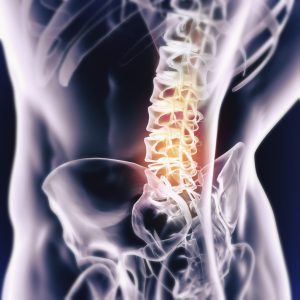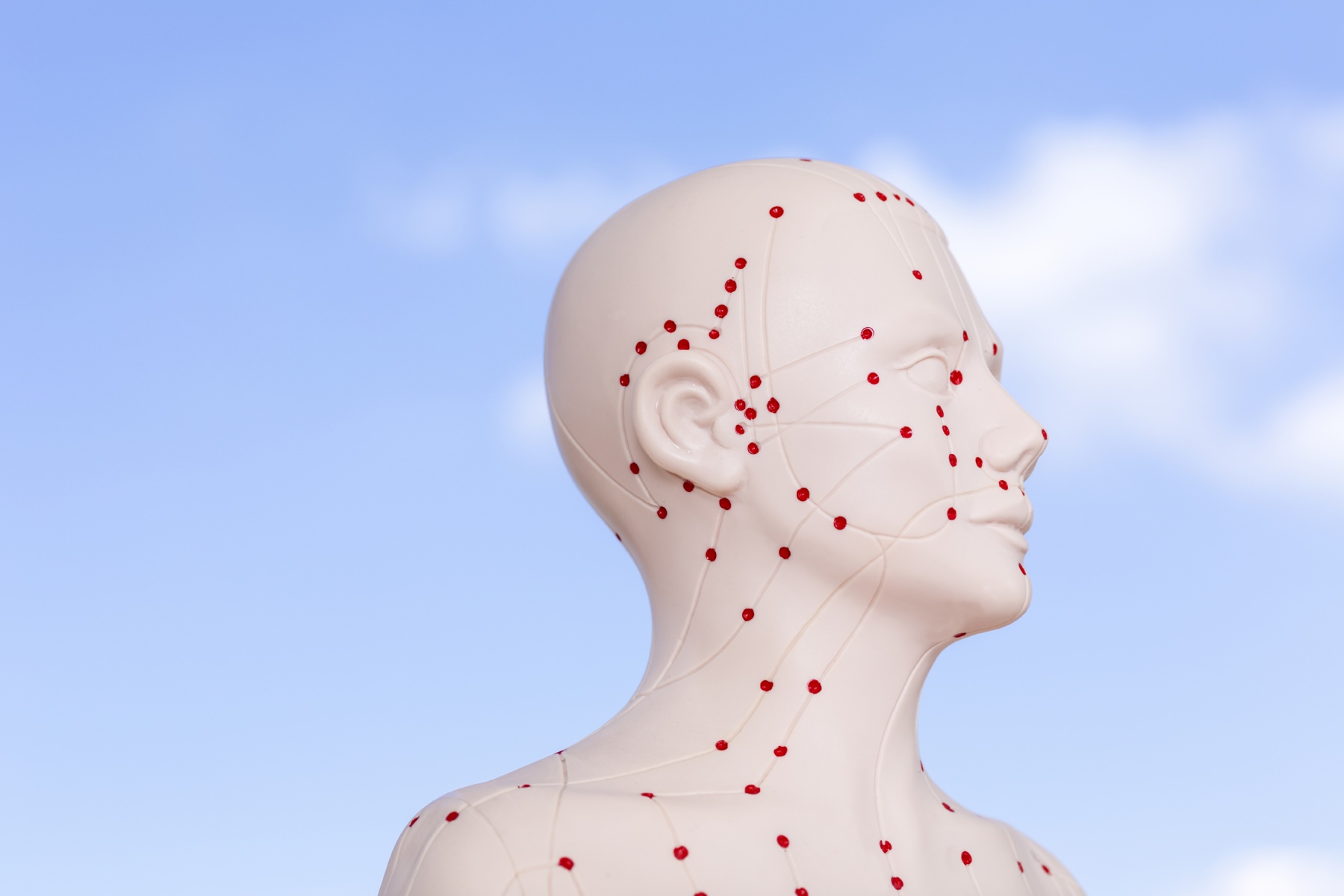Myofascial “trigger points” (MTPs) commonly develop either as a primary source of pain from unhealed muscle strains, or secondary to bone, joint, disc and nerve disorders. MTPs can cause pain, tightness, weakness, and tenderness in the affected muscle, erode joint stability and function, and form a vicious cycle with the central nervous system, interfering with sleep and mood.
More than just any tender or “ahshi” point, MTPs are palpable as nodules or “knots” embedded in abnormally tight, fibrous bands of muscle. When pressed or on stimulated, MTPs reproduce recognizable patterns of referred pain to adjacent body regions. The muscle will typically show pain-inhibited weakness and contracture to manual testing.
Traditional acupuncture points can be sites where MTPs commonly develop. Other MTPs have been described in the seminal works of Travell and Simons. There are a variety of MTP needling techniques that can be a useful complement to traditional acupuncture to facilitate rapid and lasting relief of myofascial pain and dysfunction.
Needling myofascial trigger points can help:
- Activate “myotactic twitch” (muscle relaxation) reflexes that restore normal length, tone, strength, and elasticity.
- Restore normal joint biomechanics, tracking, and stability.
- Move blood and lymphatic fluid through tight, adhered or restricted muscle bands, removing wastes and bringing new oxygen and nutrients to help repair injured areas.
- Reduce pain and tenderness in the affected muscle, as well as the areas of referral.
- Decrease peripheral input to central nervous system hyper-sensitization.
Myofascial trigger point needling can be combined with other acupuncture techniques, including distal acupuncture, prolo-acupuncture, and electro-acupuncture to restore normal muscle function and improve joint stability and range-of-motion. It can also be combined with active suction cupping, gua sha, tui na and other manual therapies, as well as therapeutic exercises, to help reduce pain and improve posture, ergonomics, and sport activities.
Myofascial trigger point location identification and needling techniques, as well as the referred pain patterns and neuro-anatomy/physiology of myofascial pain syndromes, are taught throughout the IAO Program, including modules regarding the Spine and Extremities as well as the Myofascial Meridians/jing-jin.

